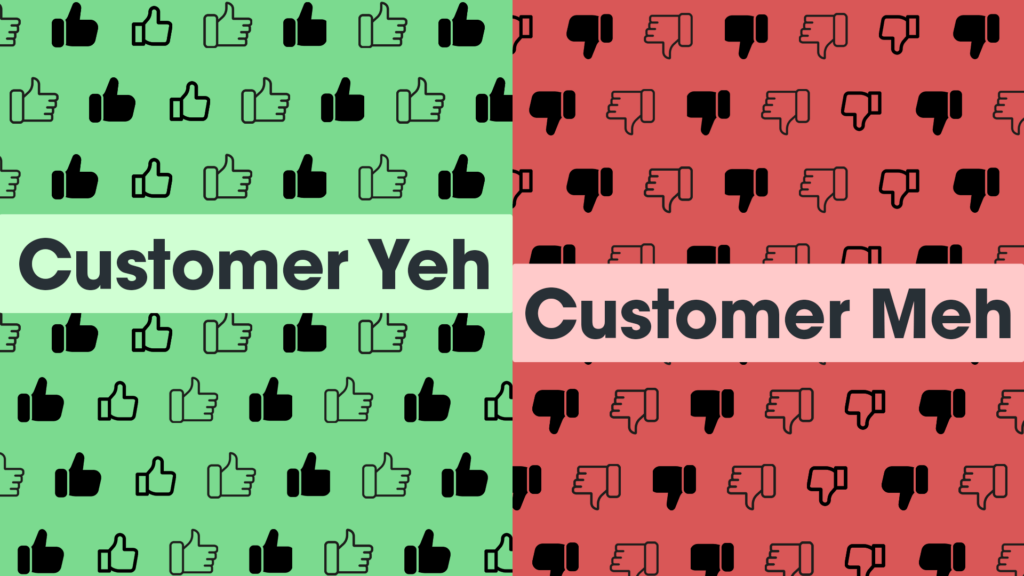Retailers undoubtedly rely on effective strategies for improving sales, marketing, management and operations. But in a post-Covid world, they may need to gear up bricks-and-mortar investments in an effort to compete with the rise of digital.
Successfully managing performance, return on investment (ROI), and other financial indicators are the key to a healthy retail business. Expansion is arguably a key part of retail growth but only when generating positive cash flow from capital expenditures.
Recent research by Confederation of British Industry (CBI) found that retailers were planning on heavily investing in their physical store offerings this summer as they prepare for an expected rise in sales and footfall.
Investment intentions for the coming year had risen at the fastest pace since February 1994, according to CBI’s latest Distributive Trades Survey. A net balance of 35 per cent of retailers said that they planned to invest in their operations, up from eight per cent in February. The findings suggest that retailers are dealing with a pent-up demand.
Although retailers are enjoying a post-lockdown boost, there is speculation that the demand will dissipate as an increasing number of hospitality and entertainment businesses reopen their doors across the UK. And much more so after June 21 – should the government not delay that date – once everything is able to reopen.
Consumers are arguably starting to redirect some of their spending away from shops to restaurants, hotels and pubs, particularly as many have already adapted to online shopping.

Meanwhile, Smart Energy GB said independent retailers were also making upgrades to prepare for the “big summer of spending”. Its new report showed that 58 per cent of local, independent retailers in the UK have “upgraded” themselves over the last year. It also found that at least 51 per cent of small retailers have introduced upgrades that make their business eco-friendlier, with 22 per cent reducing their plastic waste.
Unibail-Rodamco-Westfield UK leasing director Kate Orwin told Retail Gazette that the shopping centre operator’s recent How We Shop: What’s Changed report revealed that 44 per cent of millennials were more interested than other shoppers in contactless stores. The report also said 37 per cent showed an interest in smart interactive mirrors, and 26 per cent in digital in-store innovations.
Moreover, one in five consumers would value in-store tech such as augmented reality to try out products without touching them, “which will be of particular interest this summer in light of Covid-19”, Orwin said.
“Retailers are beginning to understand the importance of technology investment in their stores to respond to these insights and we’re committed to working with brands bringing innovation to our centres and to stay in touch with consumer demand,” she added.
“Although online shopping has certainly grown over the past 12 months, we have seen recently that now people have the choice again, they seeking real life experiences and return to stores.”
Recent data from the ONS showed that the UK household saving ratio rose to a near-record high of 16.1 per cent in the final quarter of last year, and Orwin expects that the extra cash will help boost consumer spending this summer across shopping destinations and high streets.
“Our research also found that consumers are craving physical experiences and found consumers have online shopping fatigue due to environmental reasons – 57 per cent of consumers are now more considerate of online purchases, due to factors such as excessive packaging,” she explained.
“However, we recognise that visitors want something new and change and transformation is required.
“We’re focused on rejuvenating our centres, reinventing being together, bringing new uses and creating unique partnerships to create the best experiences for our shoppers and brands.”
Nikki Baird, retail innovation vice president at retail management solution Aptos, said that during lockdown, more retailers were investing in and trying to figure out how to be relevant in digital channels rather than focus on store openings. In fact, retailers were arguably seeking ways to shut stores, with high street stalwarts John Lewis, Arcadia Group, Debenhams and Marks & Spencer all closing stores or announcing plans to do.
In April, the BRC-LDC Vacancy Monitor found that retail vacancies increased across all shopping destinations and regions in the first quarter of 2021. The overall retail vacancy rate increased to 14.1 per cent in the first quarter of 2021, marking a 1.9 per cent rise from the same period last year. This vacancy rate was up from 13.7 per cent recorded in the final quarter of 2020 and marks three consecutive years of increased retail vacancies.

“As part of their digital transformation efforts, many retailers were rethinking the ways they sell,” Baird said.
“Livestreaming, pop-up shops, rentals and subscription services were among the options explored.
“For a lot of retailers, the pandemic exposed how costly it can be to have systems that are so old and so brittle that you can’t change them quickly. Retailers impacted in that way are turning to the cloud to address that risk.
“On the commerce side, there is still immense interest in convenience investments in stores – such as contactless payments, mobile-assisted selling and appointment setting.
“In the case of appointment setting, for example, it is highly convenient for the customer and it gives the retailer a good idea of who’s coming and what they’re looking for and potentially even how to staff for it.
“Retailers that are able to look beyond traditional retail models, embrace technology and focus on reinventing the customer experience will not only survive but thrive in the post-pandemic climate.”
Meanwhile, Hilary Bradley, client services director at marketing agency Undercurrent, argued that physical retail was already in a state of change prior to the pandemic and the events of the last year have only accelerated this.
“To keep customers coming back to the store, retail needs to move beyond the showroom format and design stores that are more engaging,” she said.
“Retailers should be adding at least one experiential area into each store that is updated in-line with seasonal campaigns and highly interactive.
“Investing in technology to deliver interactive experiences will be a significant outlay initially but is a cost-effective solution in the long term as it can be updated at scale with the touch of a button.”
However, Bradley argued that the rise of online shopping was not a reason to abandon physical retail.
“Retailers need to adapt an omnichannel approach and see each touchpoint as an opportunity to engage with customers in different ways,” she said.
“Transform the shop floor into an experience hub that can engage all senses and deliver where online cannot.
“Use your physical stores to build a deeper relationship with customers and give them reasons to keep coming back by curating relevant pop-ups and events that drive customers in-store.”
Rob Shaw, managing director at management platform Fluent Commerce, said physical retail still had plenty to offer.
“Consumers will still want to physically see products, socialise and have the ‘experience’ of shopping,” he added.
“Retailers need to think about what makes people want to come into stores – to try on and test things, but also, human contact and interaction – and then ensure they can deliver on that.”
“The key to sustaining bricks and mortar sales is to know your consumer”
Shaw also said it was noticeable that a lot of retailers have started pulling back on their store experiences by having less staff and also less stock available in stores. He said this was due to the current constraints, but it needed to be “carefully balanced against customers expectations when they do come into a store – as disappointed customers are less likely to return”.
Although footfall across retail destinations has risen since the reopenings, Centre for Cities recently recorded a stark divide between towns and cities.
Northern towns including Huddersfield, Blackburn and Middlesborough are leading the high street’s rebound -with the strongest spending recoveries – while city centres like London and Manchester continue to suffer from a lack of office workers, thus hindering their recovery.
Sachin Jangam, associate partner for retail at Infosys Consulting, said that “after the current novelty of in-person shopping wanes, we could see a decrease in high street footfall, as shoppers return to the convenience of online purchases”.
“To mitigate this, physical retailers need to invest in creating a personalised, valuable customer experience,” he said.
“Simply offering products alone is no longer enough.
“The key to sustaining bricks and mortar sales is to know your consumer.”
Since the high street reopened, Brits have been eager to get back to shop floors. After months of being forced to shop online, many savvy shoppers will be looking to benefit from the speed and convenience of online shopping during their in-store experience as well.
One way that retailers can do this is to invest in different payment options for consumers, such as using apps or self-service options that will allow for a slicker shopping experience.
Retailers may be better off not focusing solely on physical stores, but rather an immersive combination of both physical and digital. Businesses may also need to consider every square inch of the space they use – how they can make it more accessible to all shoppers to allow social distancing and contactless experiences.
While digital should be a key investment channel for retailers, physical retail will always play a key role for most businesses. In the past few years, many online retailers have added retail stores into their plans either permanently such as Amazon with its Amazon Fresh concept, or as seasonal pop ups, like make-up brand Glossier.
Click here to sign up to Retail Gazette’s free daily email newsletter


















